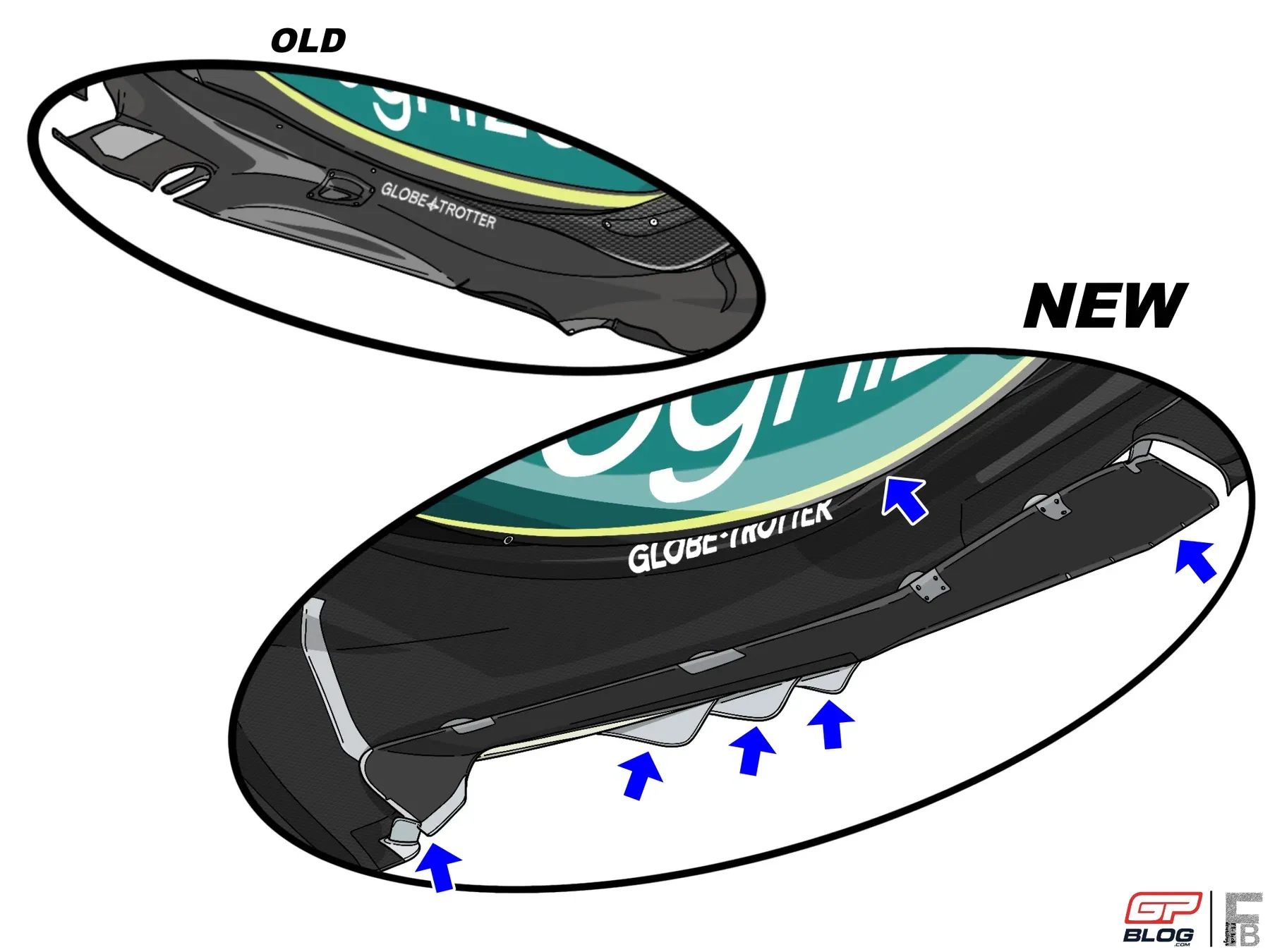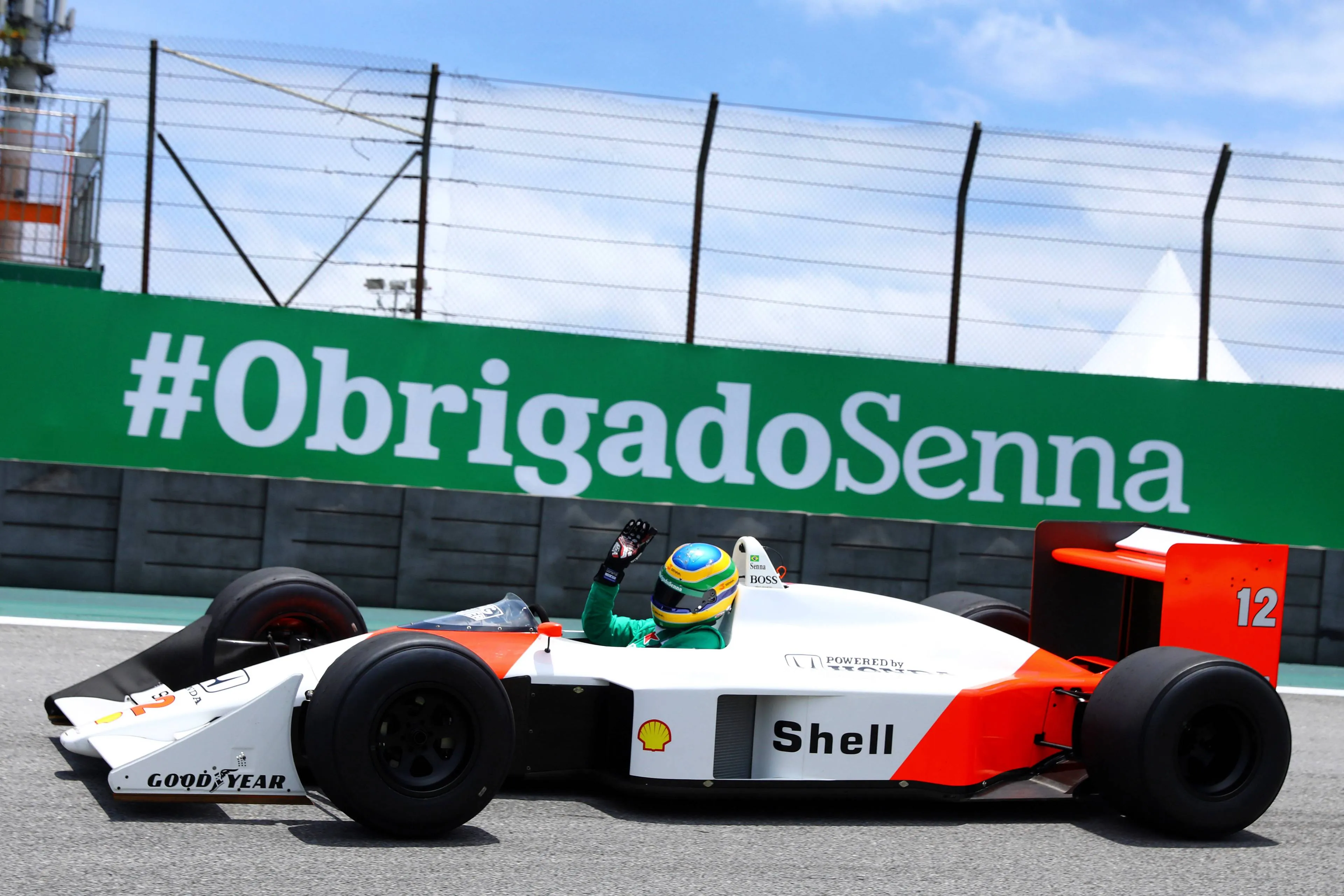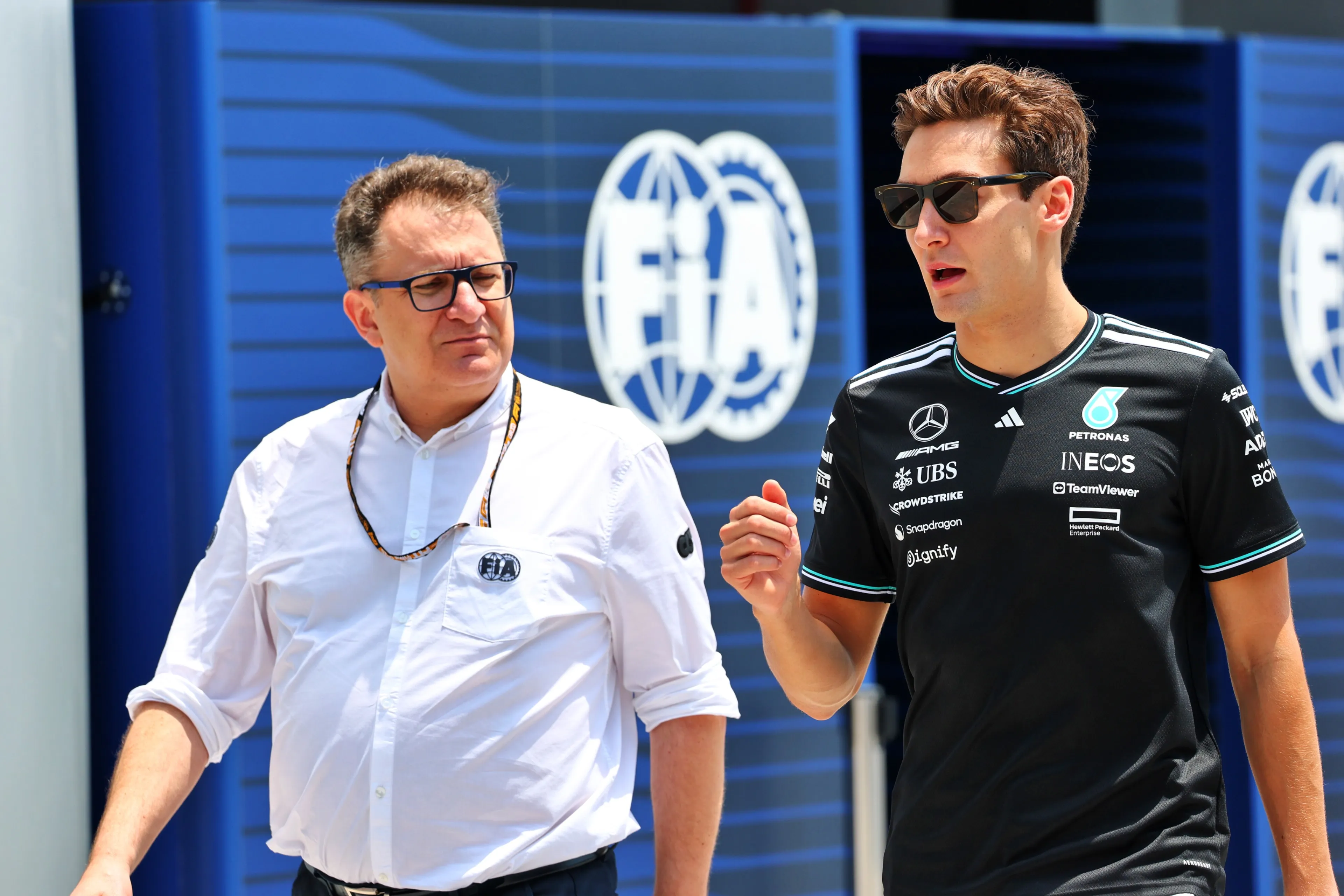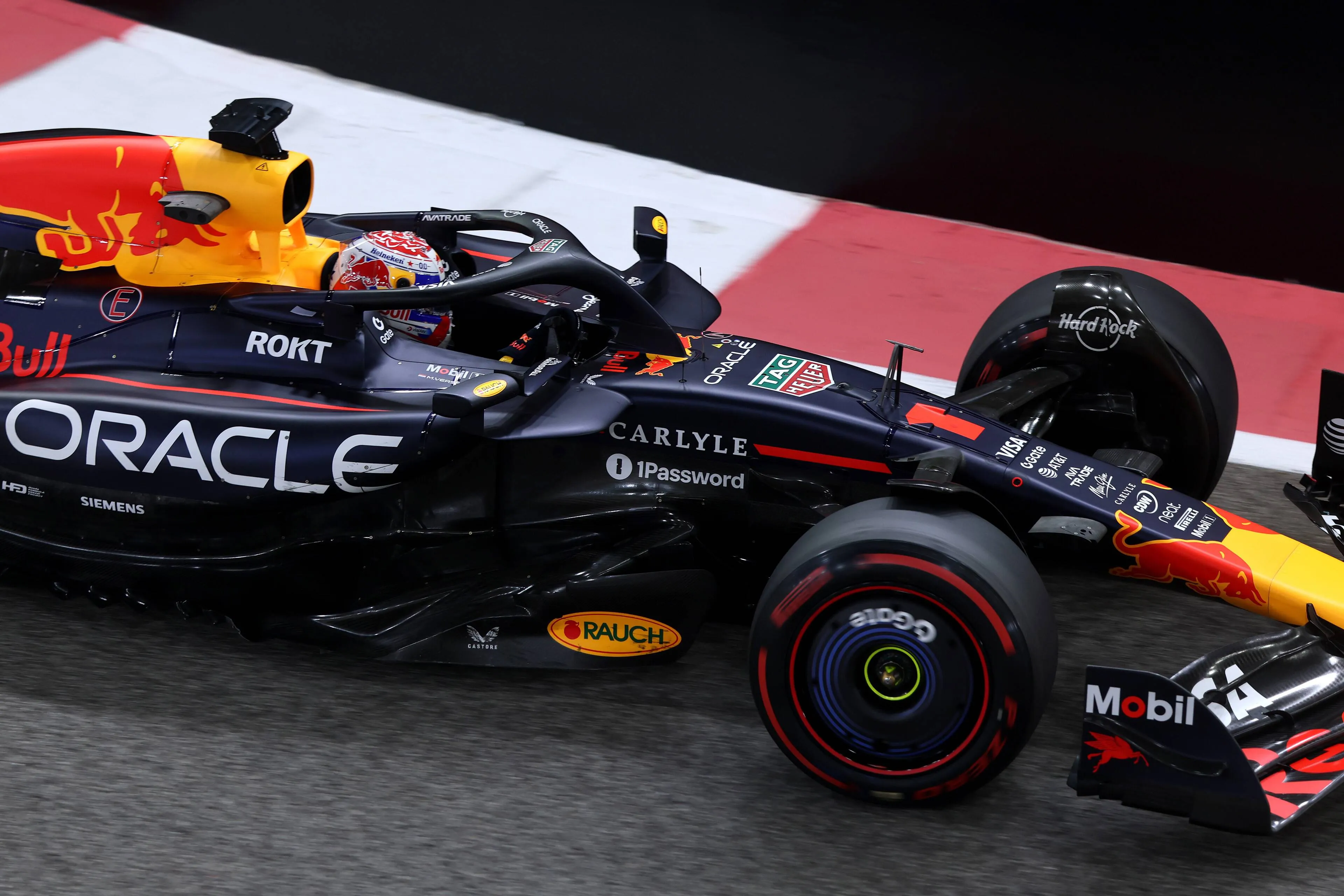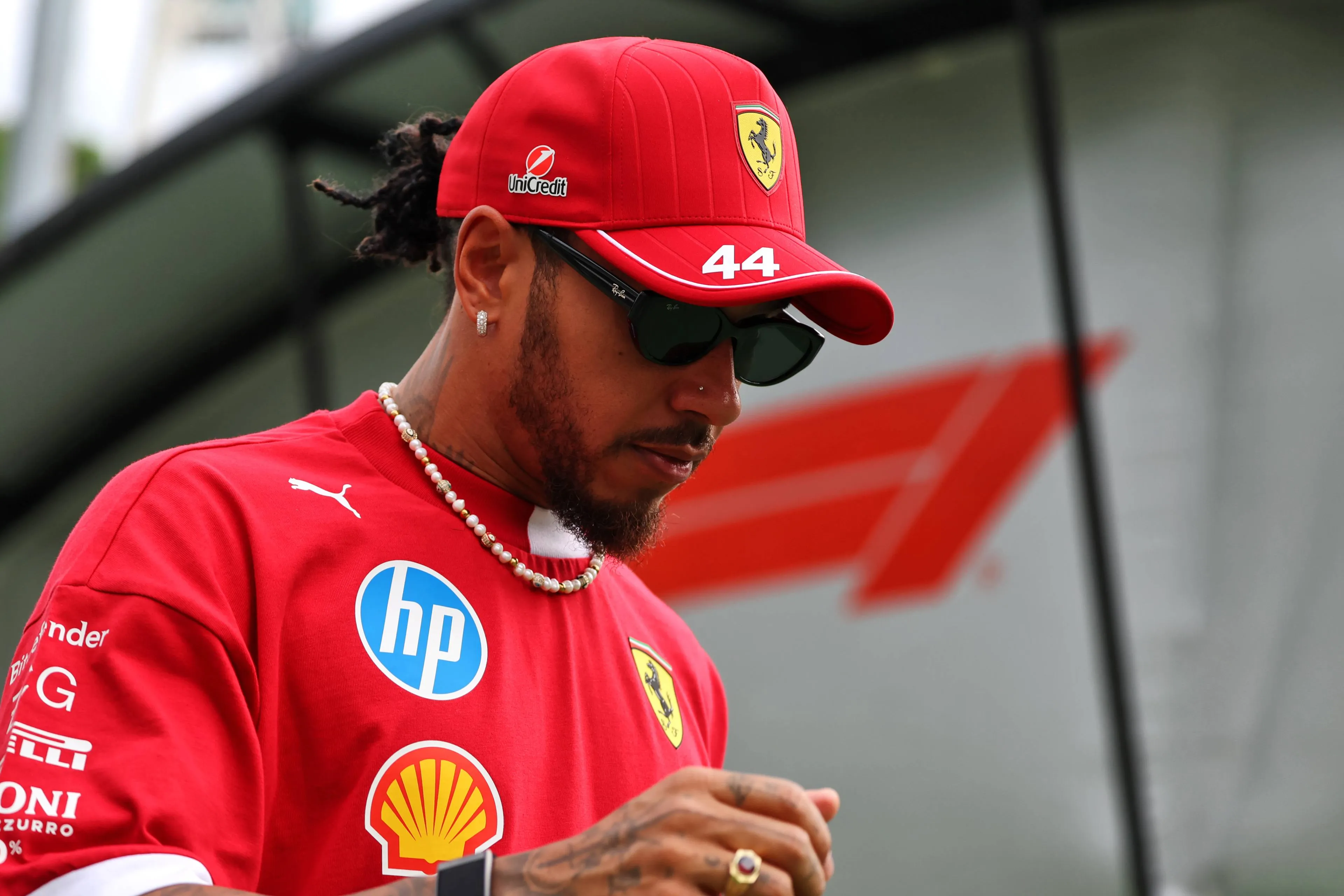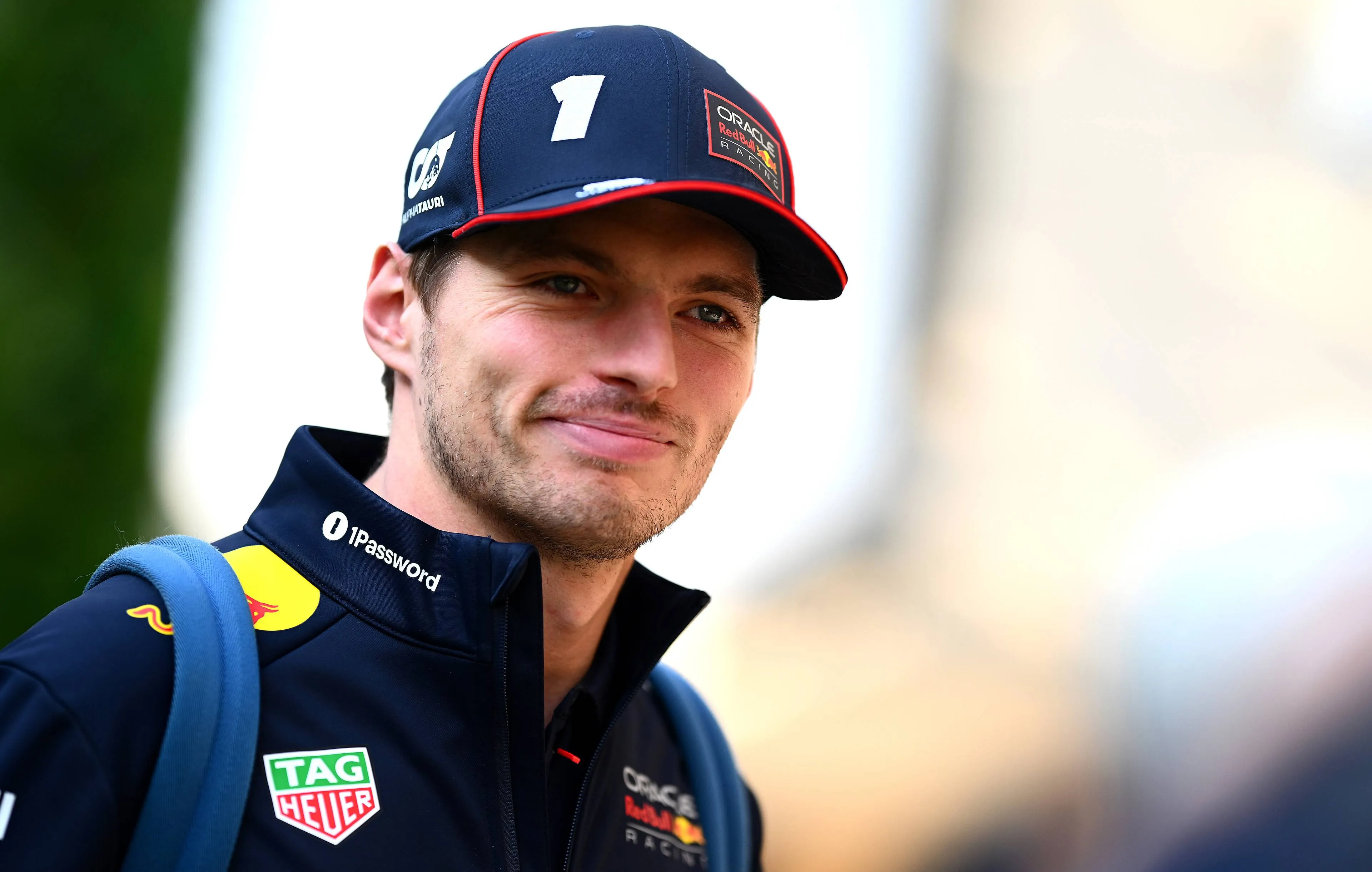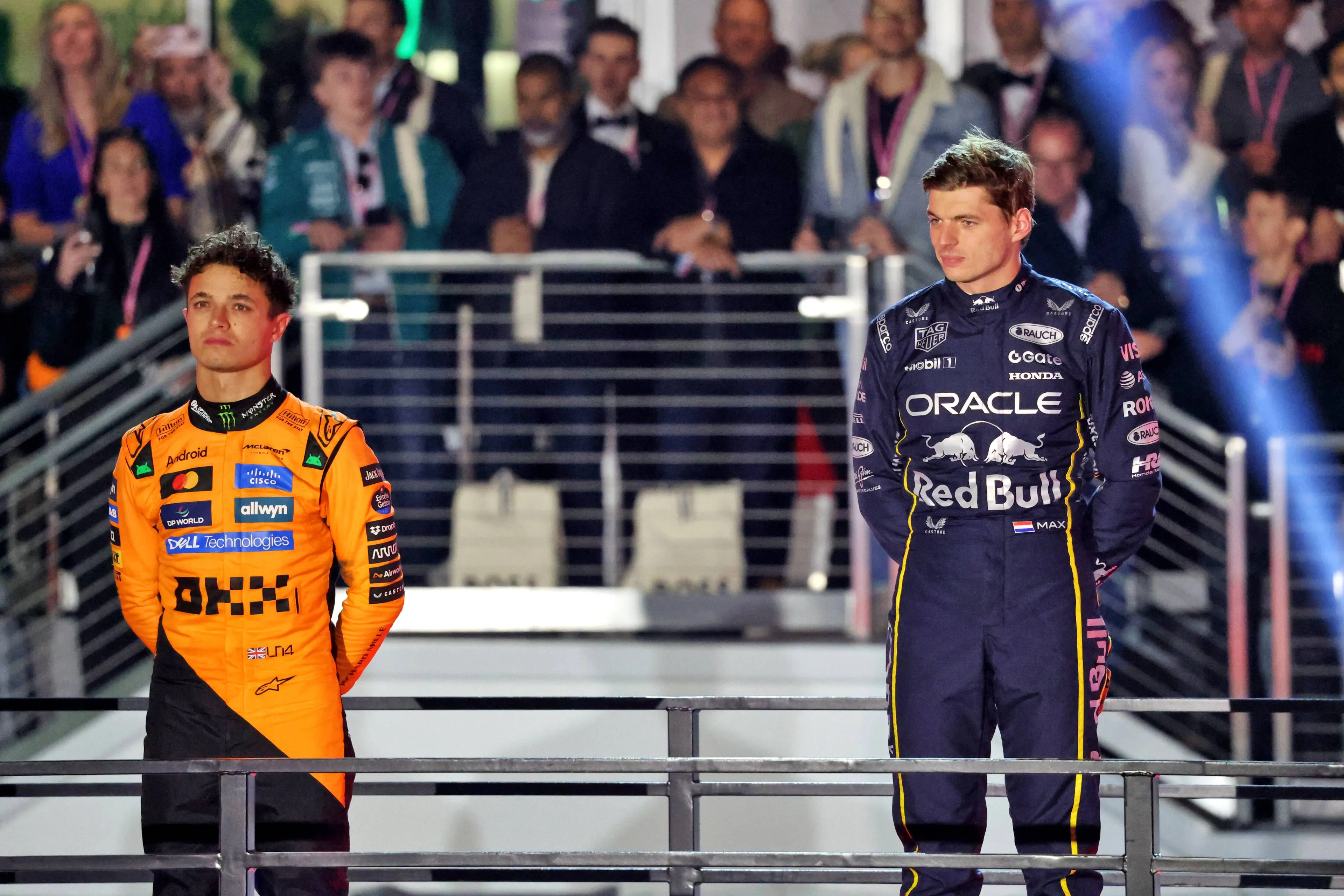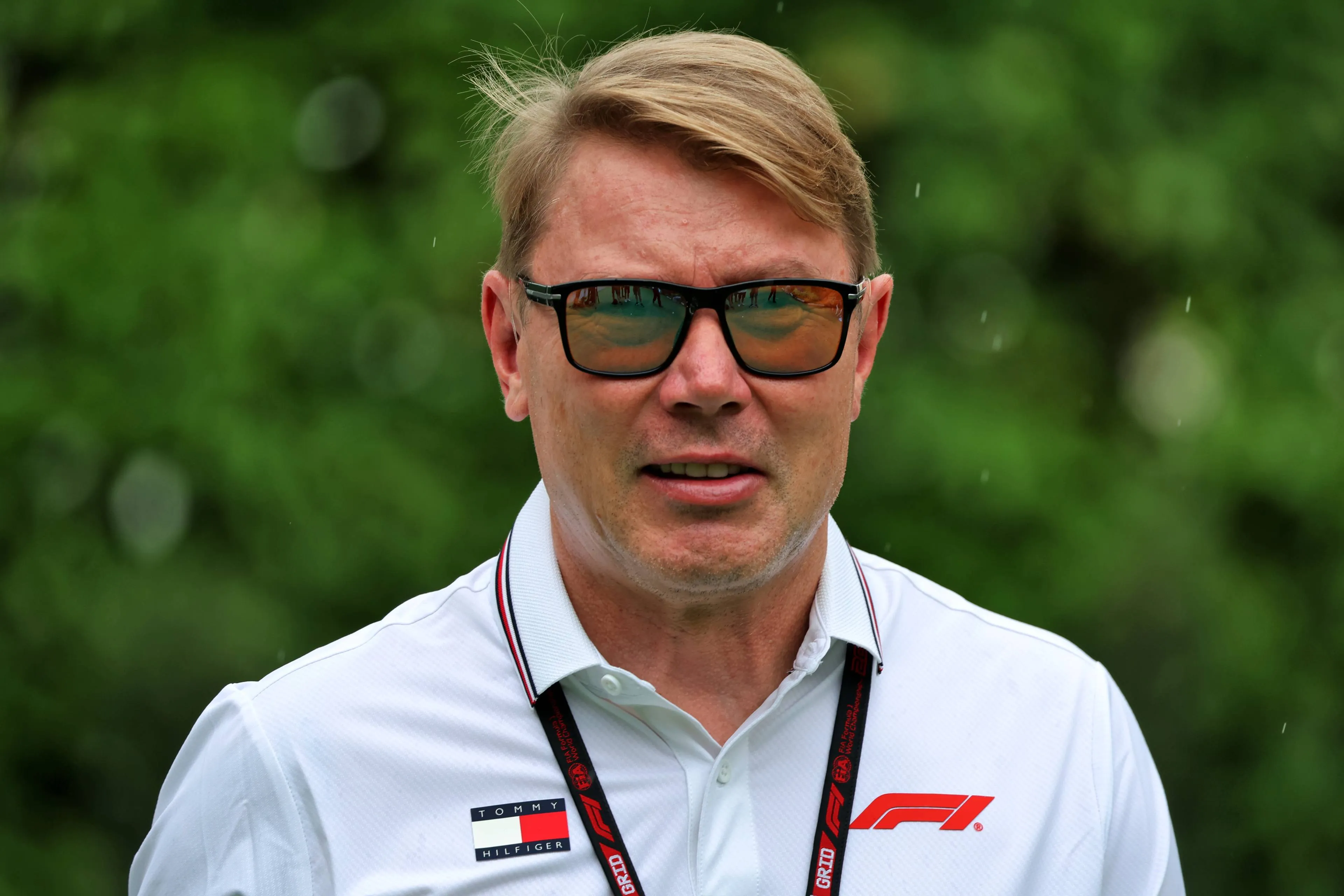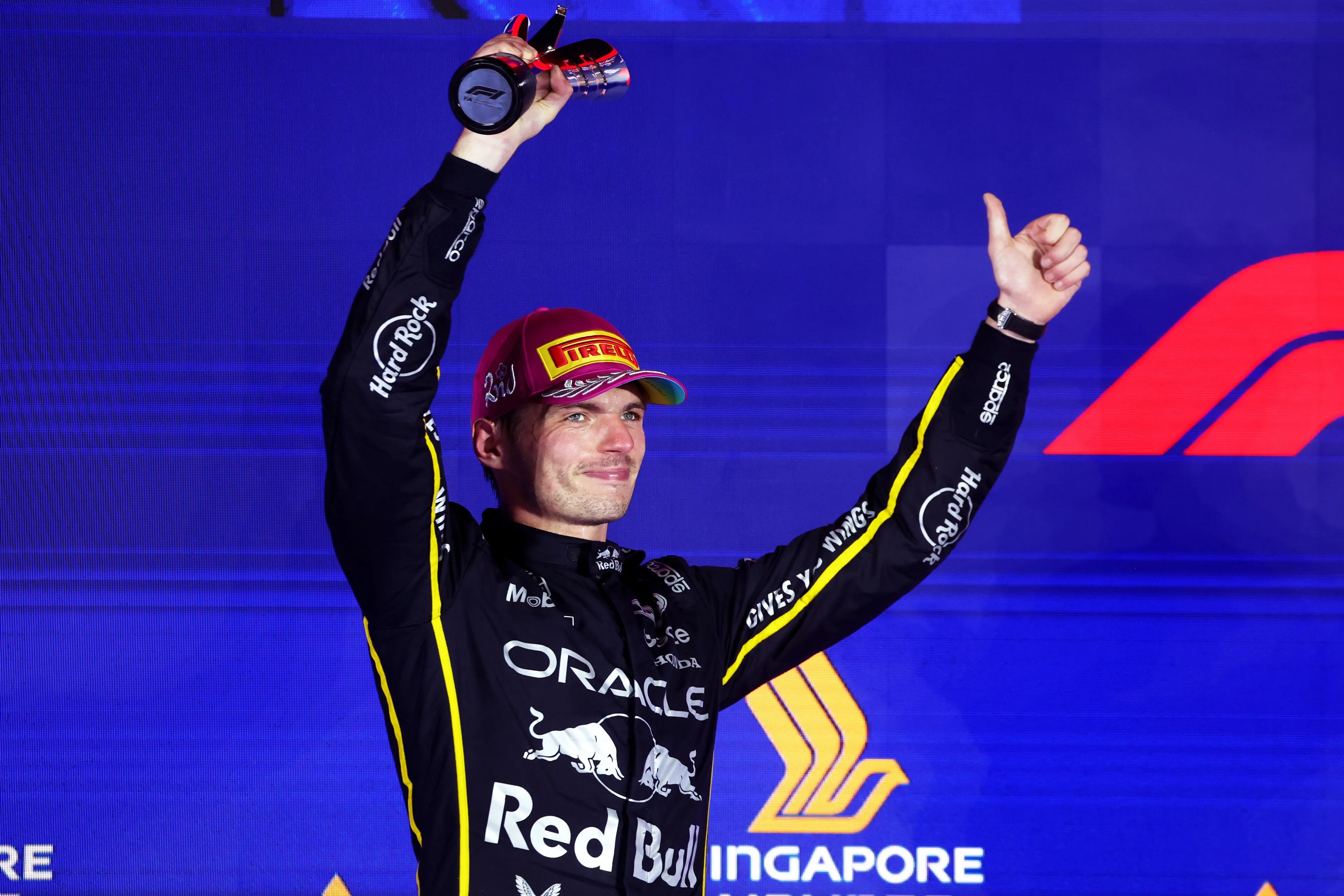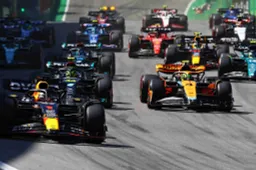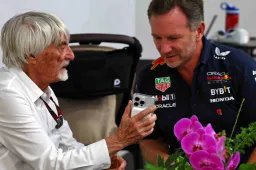F1 Tech Analysis | What's behind Aston Martin comeback at Interlagos
14:00, 06 Nov 2023
2 Comments
After an exciting Sprint Race on Saturday, everything was set for a chaotic Grand Prix on Sunday. However, the race was quite flat until the last ten laps when, with the first and second place already secured by Max Verstappen and Lando Norris, Sergio Perez and Feranado Alsono fought to the line for the last place on the podium.
The Spanish driver’s pace throughout the race was proof of a “revived” AMR23 that was strong in the slow corners and very gentle on the tyres at Interlagos, as it was at the beginning of the year. Let’s try to explain the technical choices behind this remarkable comeback.
Aston Martin's great performance
The big surprise of this weekend was Aston Martin: the Silverstone team seemed to have lost quite a bit of ground to their competitors since their upgrade in Canada, managing only to get a podium in Zandvoort in the last 11 races. However, they didn’t give up and tried to bring as many updates as possible not only to improve their cars for the remaining races of the year but especially to take the right path for next year’s car.
For this reason, they brought a new floor in Austin: the new solution included a different floor edge and a new shape of the lower area of the sidepod. As shown in the drawing below, the new floor edge was very different compared to the previous version. The new one shows a "knife" which runs along the entire floor edge. Furthermore, this solution has a slight rise in the initial part, where three vortex generators are located, to push away the turbulence coming from the front wheels as much as possible.
As seen in the drawing, the old-version floor had the typical "L" cut in front of the rear wheels. In the new design, the team decided to hook the long profile through a metal support right where the L-shaped cut was located. All these changes had the primary goal of managing the flow in that area differently, to keep the vortex alive as long as possible. This creates a “ side skirt” to seal off the floor and keep the flow underneath the car as undisturbed as possible.
Finally, the modification relating to the sidepod has the aim of increasing the area of the "wall" to create a second channel that brings air towards the diffuser and the beam wing, increasing the overall downforce.

The team used the United States Grand Prix to test, with both drivers starting from the pitlane on a split-spec strategy. The team did this test again in Mexico to evaluate the power of these changes and the effective impact on the overall performance.
However, as the Brazilian Grand Prix weekend started, the team made quite an unusual choice, with both their drivers running the old-spec car, matched with a medium downforce rear wing that seemed to be perfect for this layout. The results were immediately visible: the car seemed very strong in all slow-speed corners and in the traction zones. Both Alonso and Stroll, coupled with quicker reaction times out of the garage in the strange weather conditions, managed to make the difference during Friday’s qualifying and eventually got P3 and P5 in the main race. During the race, Alonso’s ability to manage the tyres and fight with other drivers came into play, allowing the Spaniard to get P3.
Aston Martin definitely seems to have solved their mid-season troubles, but they need to prove their performance on other tracks that may not suit their car, just like the new Las Vegas circuit. However, all the changes and tests the team did in these last few races will help understand the main trends and solutions that can be developed for next year’s car.
Red Bull and McLaren almost matched
Red Bull tested two different beam wing versions in FP1 between the two drivers: Sergio Perez tried a high-downforce beam wing already used on maximum downforce tracks, like Monaco or Singapore, while Max Verstappen used the medium downforce one, used by the team since Suzuka. The two versions are different in their shape: the version used by Sergio Perez has an upper element with a "leaf" shape, as it has a reduced chord at the connection to both the rear structure and the endplate, while its size increases in the central part, generating a lot of downforce in this section. The lower element shows a very similar shape, with a fairly pronounced chord (the distance between the leading edge and trailing edge of an airfoil) already at the attachment of the rear structure.
The spec tried by Verstappen has, instead, an upper element with the maximum chord slightly after the connection to the rear structure, and it decreases as it approaches the endplate. The lower element has quite a linear trend, not only to reduce drag as much as possible but also to help the diffuser in the flow extraction.

The team tested these two versions probably to help Perez find a set-up that suited more his driving style, as the Mexican driver is known to like a more “neutral” car rather than a “pointy” car, as privileged by Vetsappen.
Despite this, the team chose to run the medium-downforce beam wing for both cars during the rest of the weekend, as it gave higher top speeds while still providing a good amount of downforce on the rear axle. This solution helped the Mexican driver as well, as Checo was fast throughout the whole Brazilian weekend, both in the Sprint, where he managed to get an “easy” P3, and in the race, where he made an exceptional comeback from P9 to almost P3, proving that this set-up optimisation done by the team helped him find a good feeling with the car again. As the Mexican driver confirmed to Viaplay after the race: “Yes, the whole weekend was really good. We were just very unlucky with the yellow flag from Friday. Otherwise, I think we should have been a lot further up."
McLaren proved to be the second team right behind Red Bull: the team decided to run a medium-high downforce rear wing this weekend, as we already saw on Thursday, but with a slightly modified DRS flap in the transition to the endplate (we already saw this wing tip at Zandvoort): the wing tip has a cut with a curvy shape if compared to the more sharp trend shown in the previous version used until Mexico. This design should help in reducing the vortices created as a consequence of downforce generation by the wing itself, and this means less drag.

The team probably made this choice so that the great amount of downforce the MCL60 can generate from the Venturi channels would have helped them to babysit their tyres during the race, while the less loaded rear wing would have provided higher top speeds both in the first and third sector. The track proved this choice was good, with Lando Norris who got pole in the Sprint Shootout and eventually never got over 10 seconds to Verstappen during the race, as they were both doing similar lap times and had similar tyre degradation as well.
Ferrari and Mercedes suffered
Mercedes decided to use the maximum downforce rear wing for this weekend. In contrast, Ferrari, conscious of their front axle limitation, decided to use the medium downforce rear wing to balance the car and avoid understeer. Even though the choices were opposites, the results were almost identical, as they both struggled a lot during the race.
Mercedes’ W14 was super slow on the straights due to the maximum downforce set-up chosen for this weekend. The team, in fact, believed that this choice would have helped them to better manage their tyres during the Sprint and the main race. However, the race proved their set-up was completely wrong. Lap times were nowhere near the top teams, as Hamilton was passed by both Stroll and Gasly and with Russell, who was P11 before he retired due to a technical problem.
Carlos Sainz never had great pace: the choice to run a medium downforce set-up played off during qualifying, where Leclerc managed to get P2, but eventually was a gamble for the race. The higher temperatures compared to Friday, in fact, made the race extremely difficult, as Sainz had to lift and cost quite often to keep temperatures under control and to manage the tyres. He only managed to finish P6 even behind Stroll and around 50 seconds behind Max Verstappen.
This race proved that when Mercedes and Ferrari get out of their cars’ “perfect operating window”, things get more and more difficult, as the tyre degradation is way higher than their direct competitors, like McLaren. For next year, they must take a good step forward if they really want to fight for something important, as McLaren seems to have the edge over them not only in terms of performance but especially for what concerns understanding the car and how to get the most performance out of it.
In conclusion, the last two races of the season will be helpful to confirm Aston Martin’s step forward and will give us a clear idea of what to expect from next year.
Read more about:
Popular on GPBlog
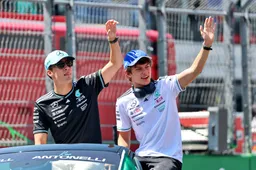
1
Mercedes star handed double penalty in off-season racing outing
1141 times read

2
Piastri hailed driver of the year over Verstappen, Mercedes '26 PU sound teased
864 times read
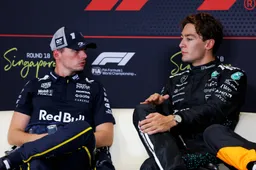
3
Russell wants to go head-to-head with 'gold standard' Verstappen
751 times read

4
Bad news for Bottas as F1 comeback undermined by early setback
462 times read
Loading
